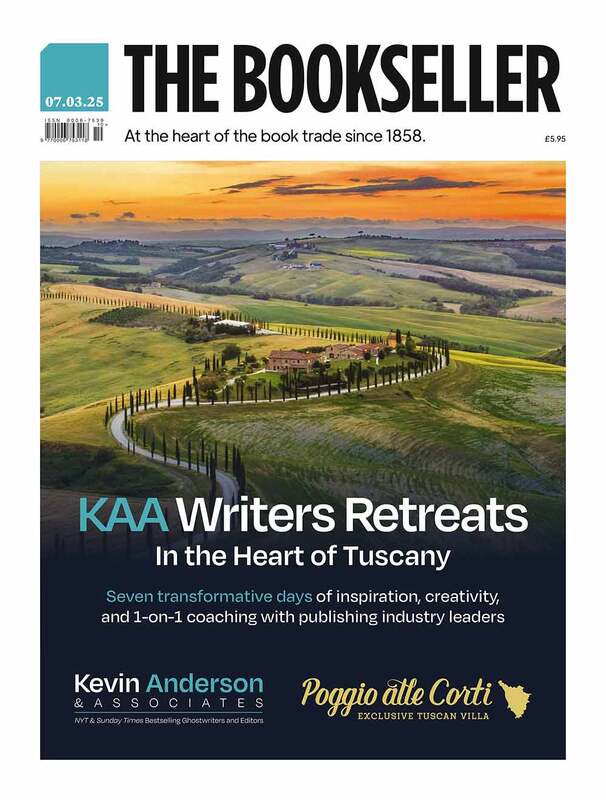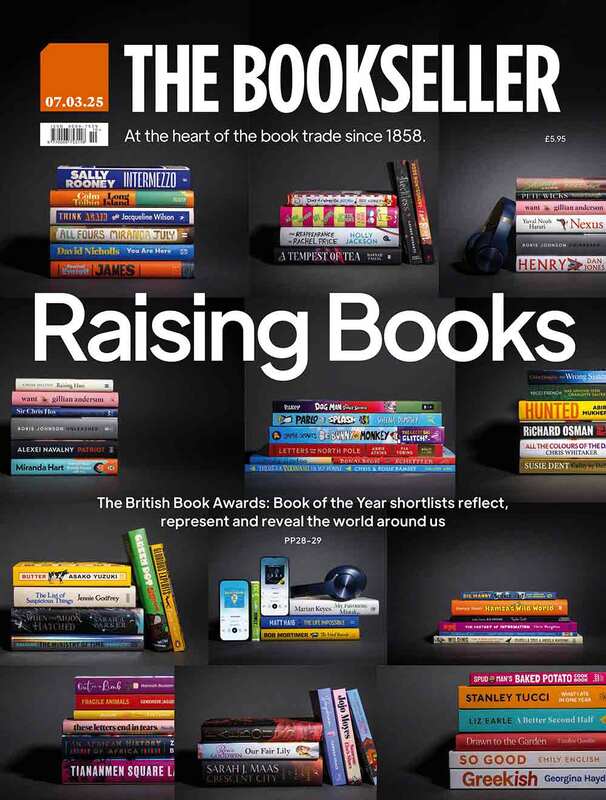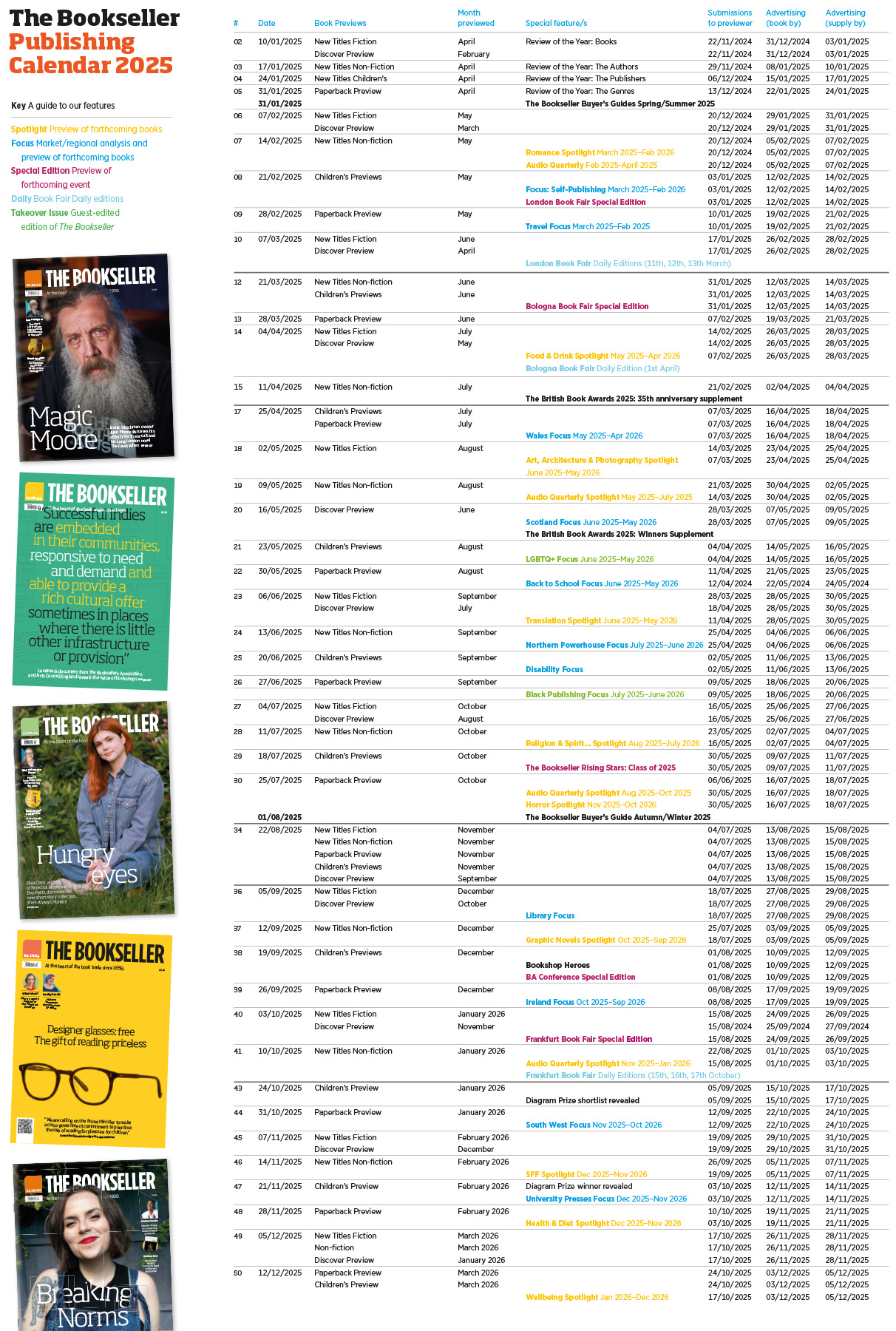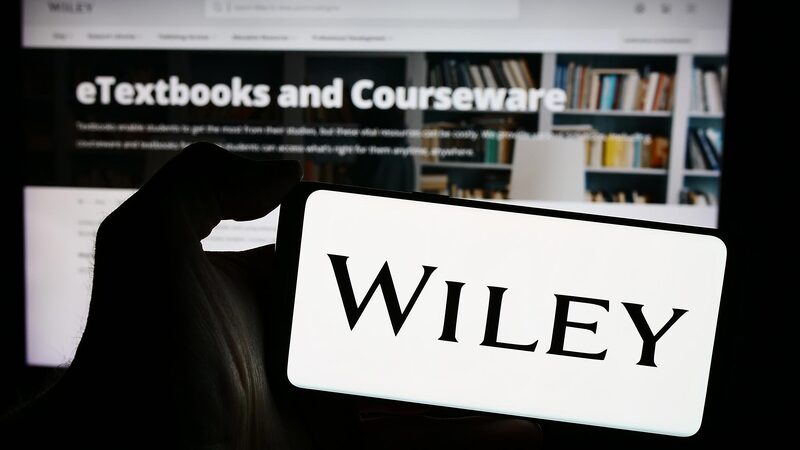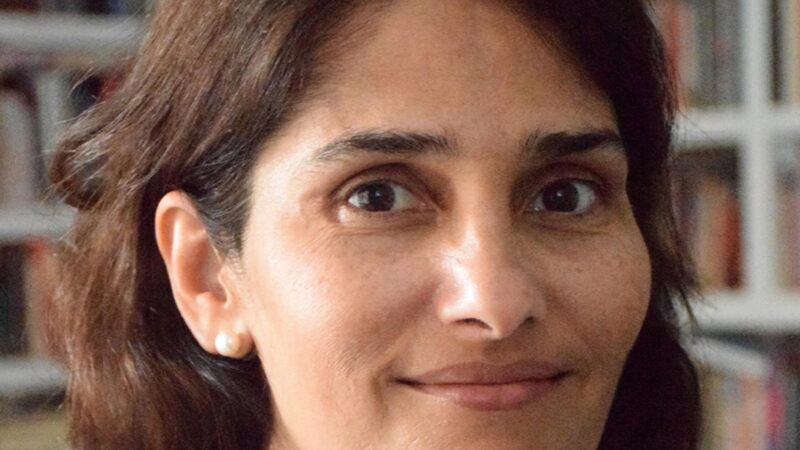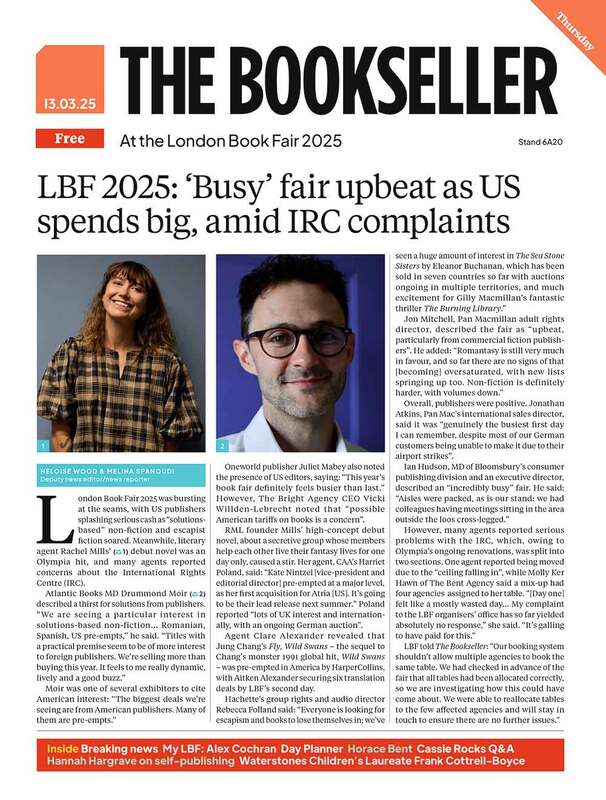You are viewing your 1 free article this month. Login to read more articles.
PA Yearbook heralds a return to growth
UK publishers celebrated a 1% rise in the invoiced value of their annual sales in 2015, to a total of £4.4bn, with a strong home market compensating for some tough areas in export.
The lift, recorded in the Publishers Association’s PA Statistics Yearbook 2015, comes in welcome contrast to 2014’s flat sales, and the drop (of 2%) suffered in the year before that. The £4.4bn total represents both physical and digital book sales, plus income from journals.
Figures for the home market were up a healthy 3% (combined physical and digital book sales), to £1.9bn; compensating for a 3% fall in exports (£1.4bn), with declines in North America (nearly 18%), Australasia (12.6%) and Europe (nearly 5%).
Physical book sales saw a marginal year on year rise overall (+0.4%), with an export decline of just over 3% offset by the strong UK market (+3.4%).
But digital revenues were a mixed bag. There was plenty of growth: the overall figure for digital books and electronic journal subscriptions was very healthy, with a 3% rise year on year, to £1.3bn. Schools showed they were continuing to make a digital shift, with figures up 23% from a small base to £16m. In English-Language Training (ELT), digital book sales were up 35% (to £15m), and in academic and professional books the rise was 4%, to £262m.
Meanwhile, audio downloads had another excellent year, up by over a quarter to £12m.
However, the invoiced value of consumer e-books dropped by close to 11% from 2014’s total, to £245m. The Bookseller’s Review of 2015, published in January, showed e-book volume sales for the UK’s “Big Five” publishers dropped by a shallower 2.4% to 47.9 million units (no value figures were available at the time), suggesting either that smaller publishers are bearing the brunt of e-book falls or, more likely, that the sector as a whole is seeing pressure on pricing.
PA c.e.o. Stephen Lotinga said the breakdown of consumer physical and e-book consumption showed people were “comfortable with a multiformat approach to reading”, and represented “a settling down rather than a reversal” of digital reading.
His members’ observations had been that consumer e-book sales dipped in relation to the popularity of specific genres in 2015, such as print-friendly colouring-in books or the giftable Ladybird titles, he noted. PA president Joanna Prior, m.d. of Penguin General, endorsed the view, saying in her foreword to the yearbook that the print upswing and consumer e-book drop “are too small . . . for us to make any claims for big shifts in consumer behaviour or make predictions for what lies ahead”. But, she added: “I do think that any suggestion that the physical book is doomed can now definitively be refuted as we trade less neurotically in a more stable, multiformat world.”
Both non-fiction and fiction could claim success stories in 2015. Non- fiction saw its invoiced value rise 8% to £808m (combined physical and digital), the first significant increase for several years. Fiction saw physical sales rise 1% to £367m, a turnaround from the drops seen in the previous two years, although overall, a fall in e-book sales brought the category’s total down 2% year on year, to £563m.
Meanwhile, a 10% drop in children’s can be explained by comparison with the giant sales in 2014 of John Green’s The Fault in our Stars and the Minecraft gaming guides. The 30% year-on-year tumble in children’s digital book sales (to £15m), though, is notable. In the yearbook, Bloomsbury Children’s m.d. Emma Hopkin attributes it to trends in the YA market, with young people preferring to use devices for gaming and social media rather than reading. For reading they prefer print, she added.
Susie Winter, policy and communications director at the PA, pointed to the 5% rise in journals revenue, to £1.1bn, praising the “innovation in that sector, and the drive and investment in how to get content out to the global research audience”. She observed: “The books and journals industry is in a good place, given that the wider economy is not fantastic. The fact that we are still seeing growth in as many places as we are shows the UK industry is able to adapt and respond.”
Commenting in the Yearbook
Anna Bond, UK sales director, Pan Macmillan:
It was the year when the joy of the beautiful physical book, not just to be coloured in, came to the fore. Some of the production values on trade titles were stunning, with special editions and backlist reinventions gaining more shelf space on our high streets.
Ben Wright, group international sales director, Hachette UK:
The powerhouses behind the UK publishing exports business remain the educational sectors . . . but given the challenging macroeconomic backdrop to trading in the past 12 months, it is encouraging to see sales of most trade publishing categories holding up strongly.
Kate Elton, executive publisher, HarperFiction and Non-fiction:
It seems that readers are ready and eager to discover new voices—and factors such as the rise of social media as a forum for advocacy, a consumer eagerness to be part of the “pioneer” or “leader” group setting the cultural agenda, and a newly invigorated Waterstones have all played their part.
Colin Hughes, m.d., Collins Learning:
[In school sales] there have been significant increases in UK publishers’ revenues from digital platforms (as opposed to e-books); platform sales now represent the fastest-growing element of UK education publishers’ revenues.
Daniel Crewe, publisher, Viking:
Good [non-fiction and reference book] publishing can create a good market. We need to carry on working with the revitalised Waterstones and independents, expanding in export and finding new talent in new areas—and we need to understand video, and price-point tolerance, and, using Facebook and Google, capture the attention of young people as well as remembering the older demographic.

